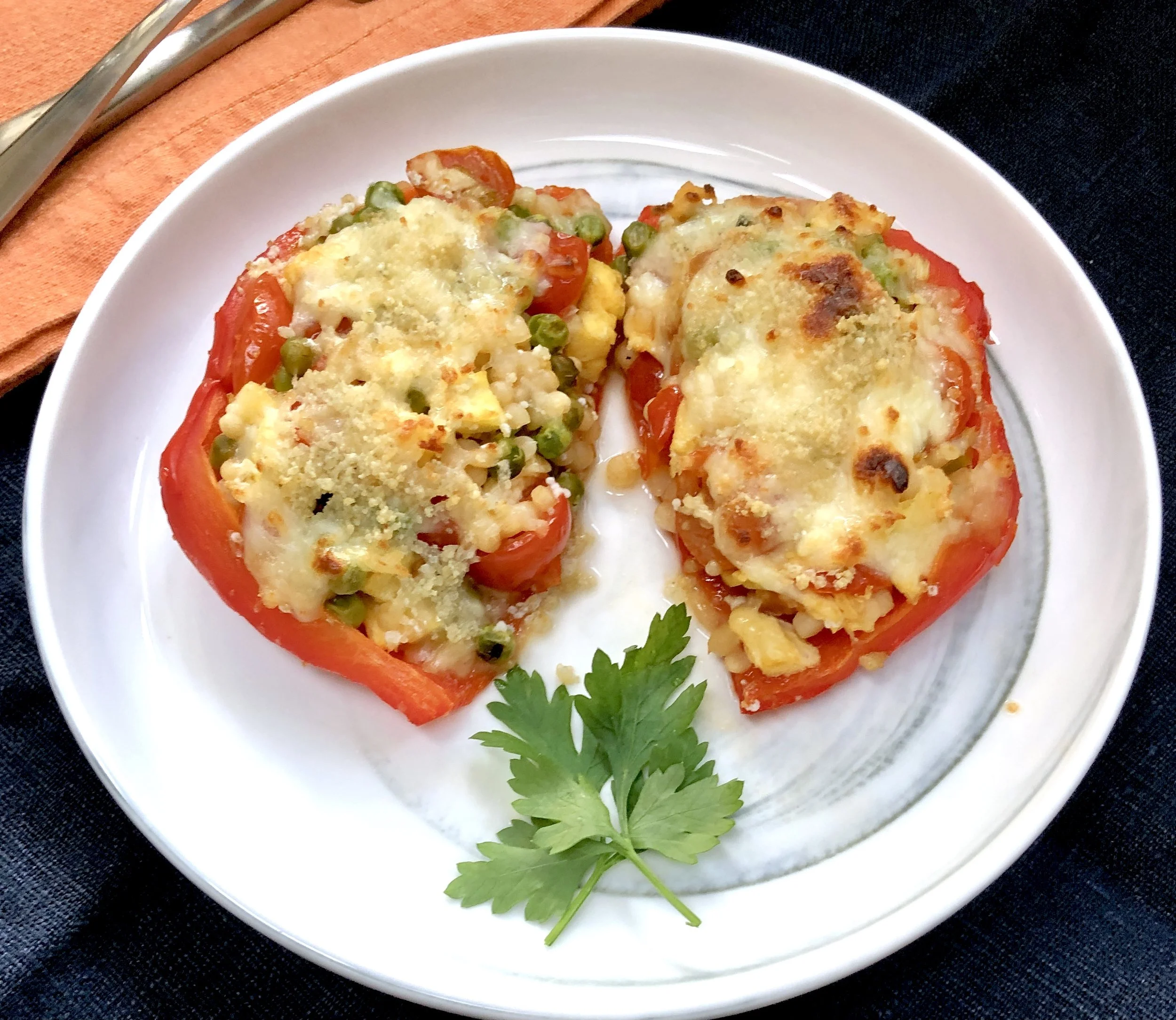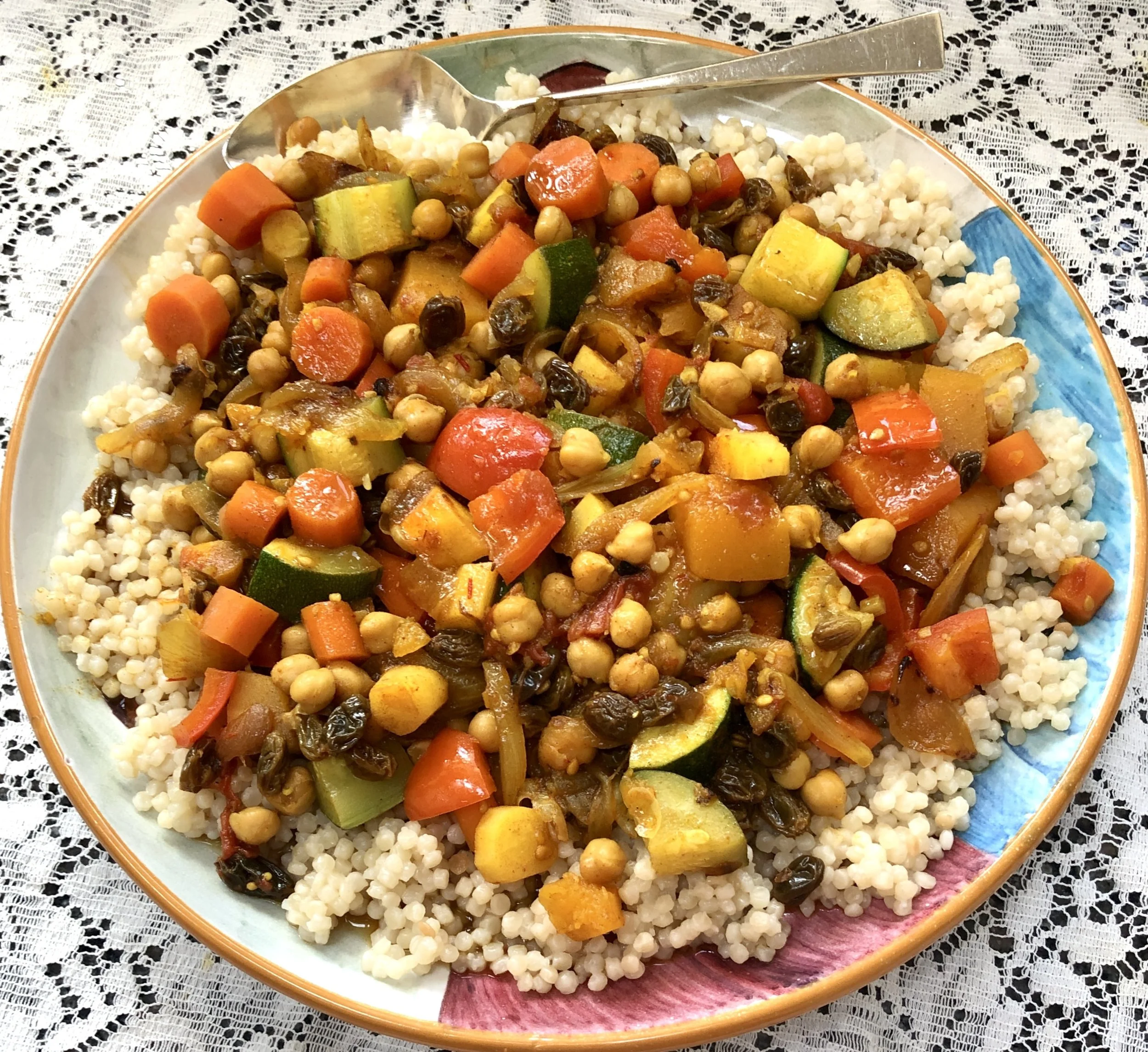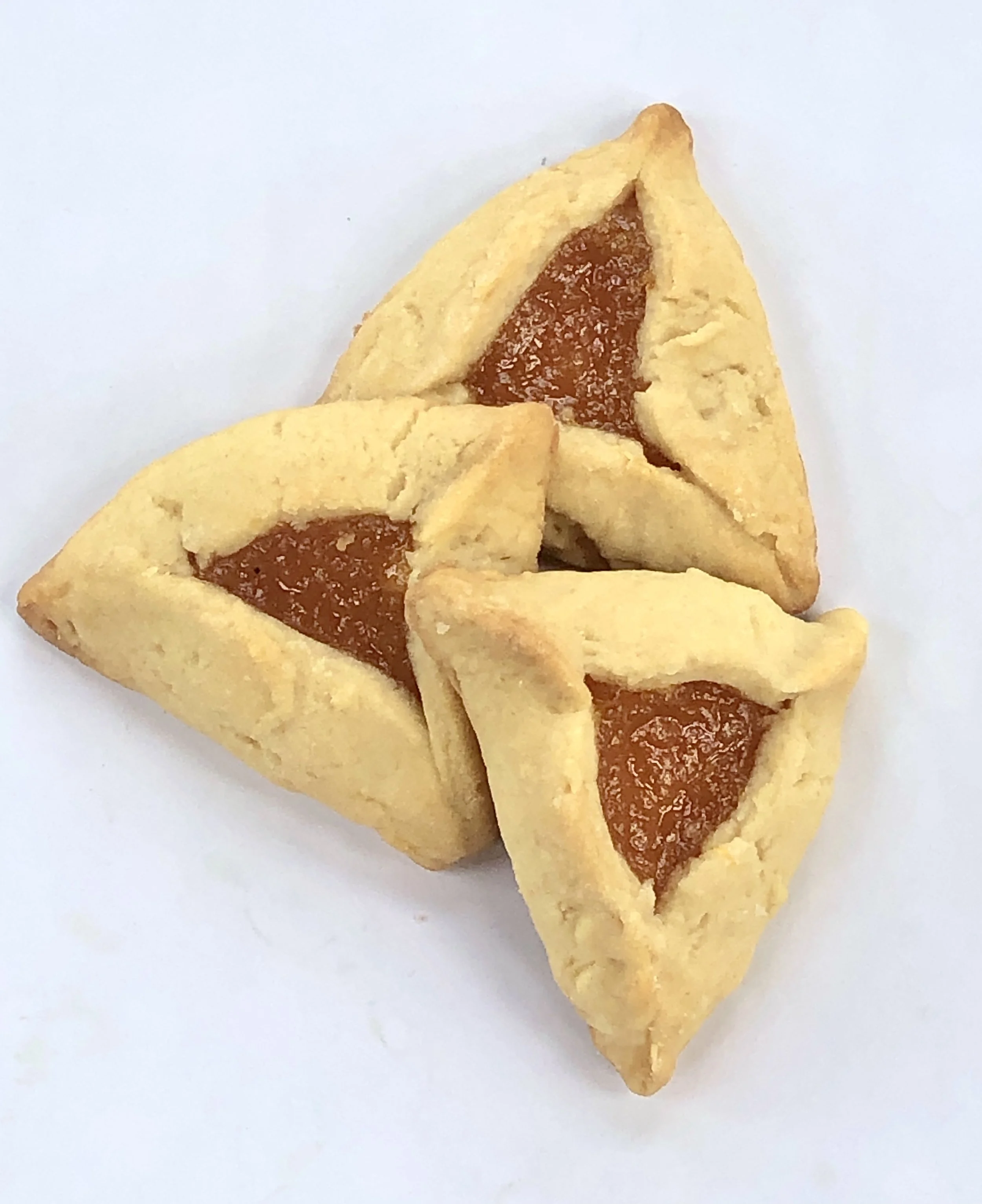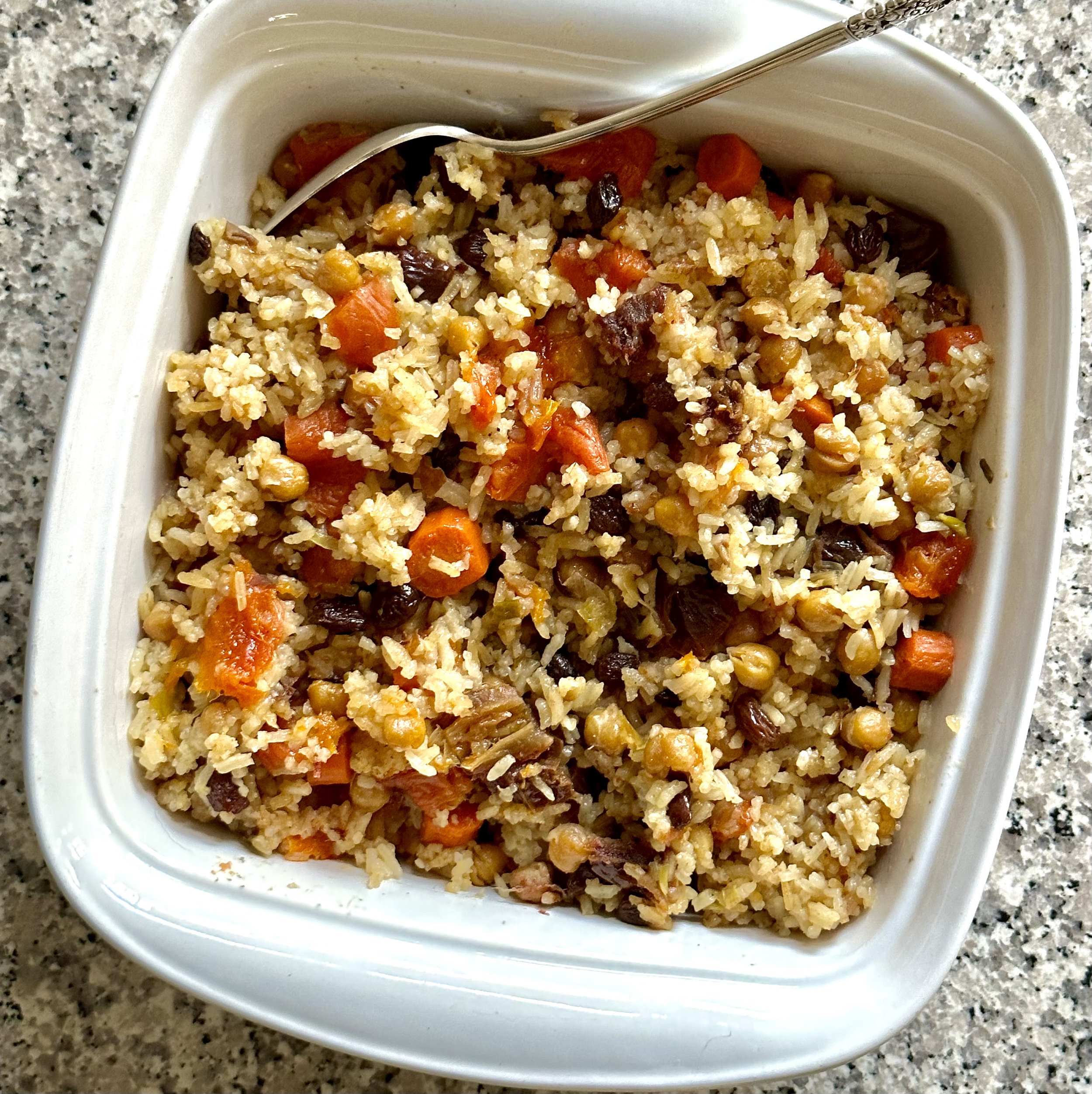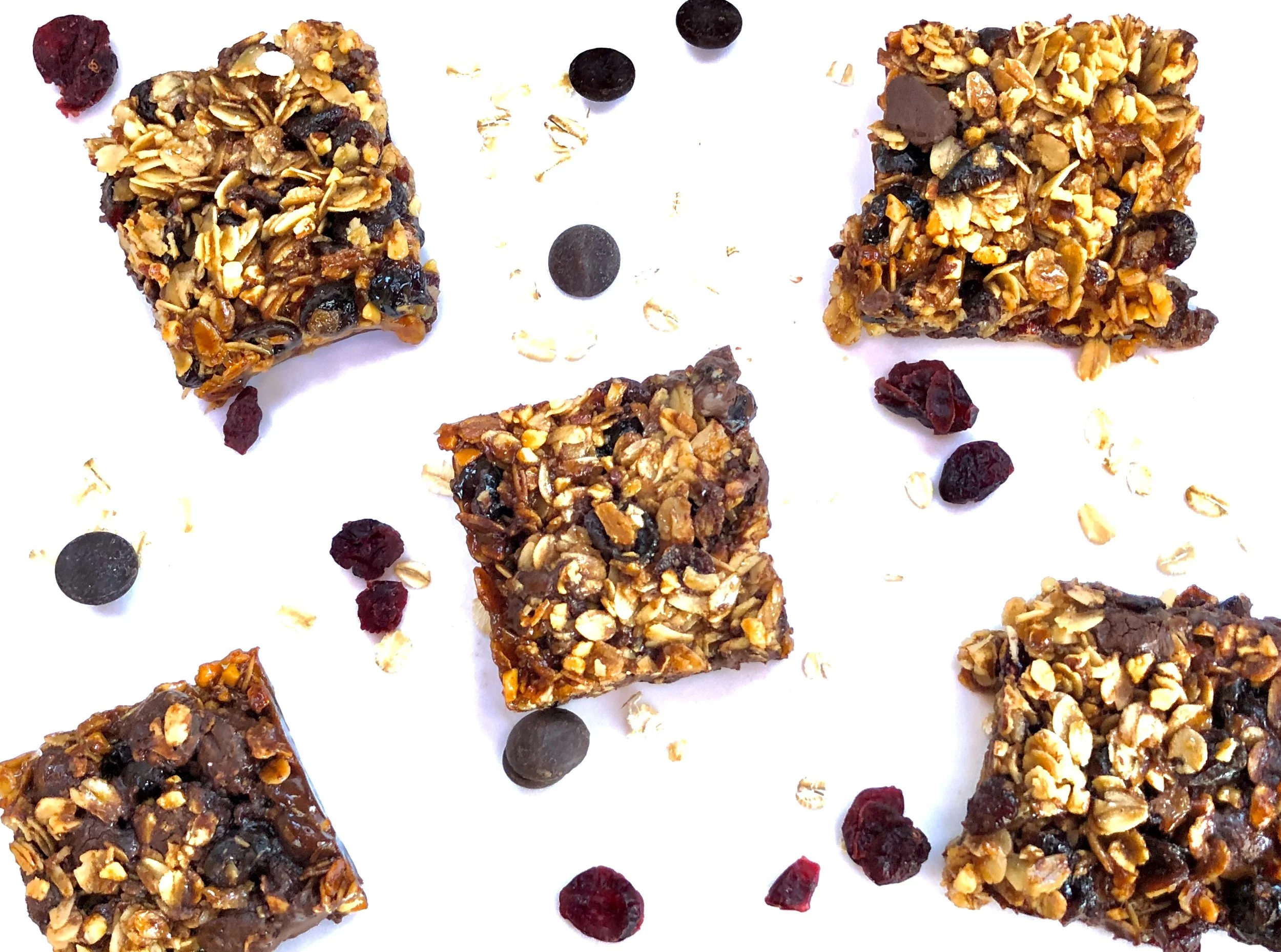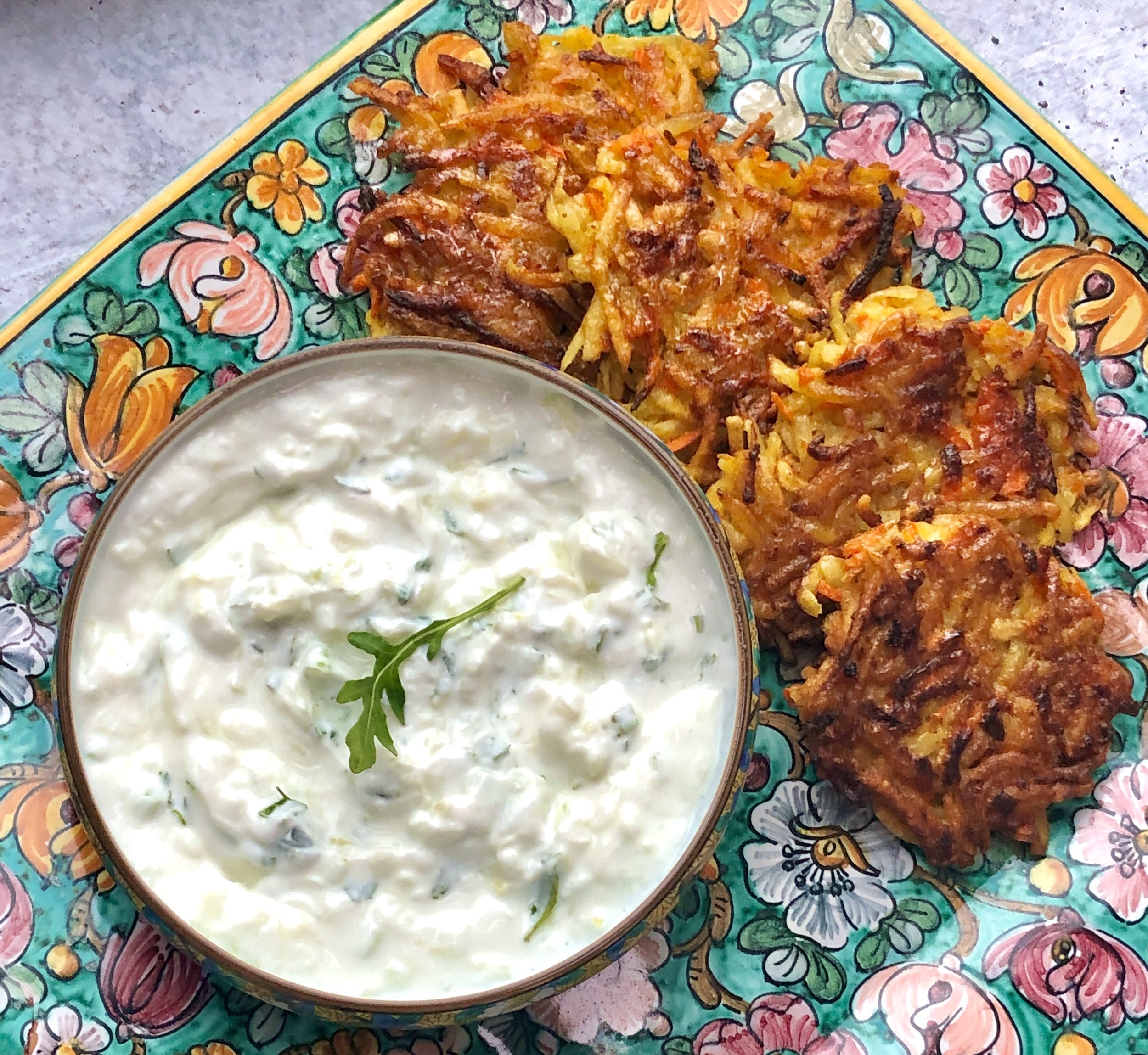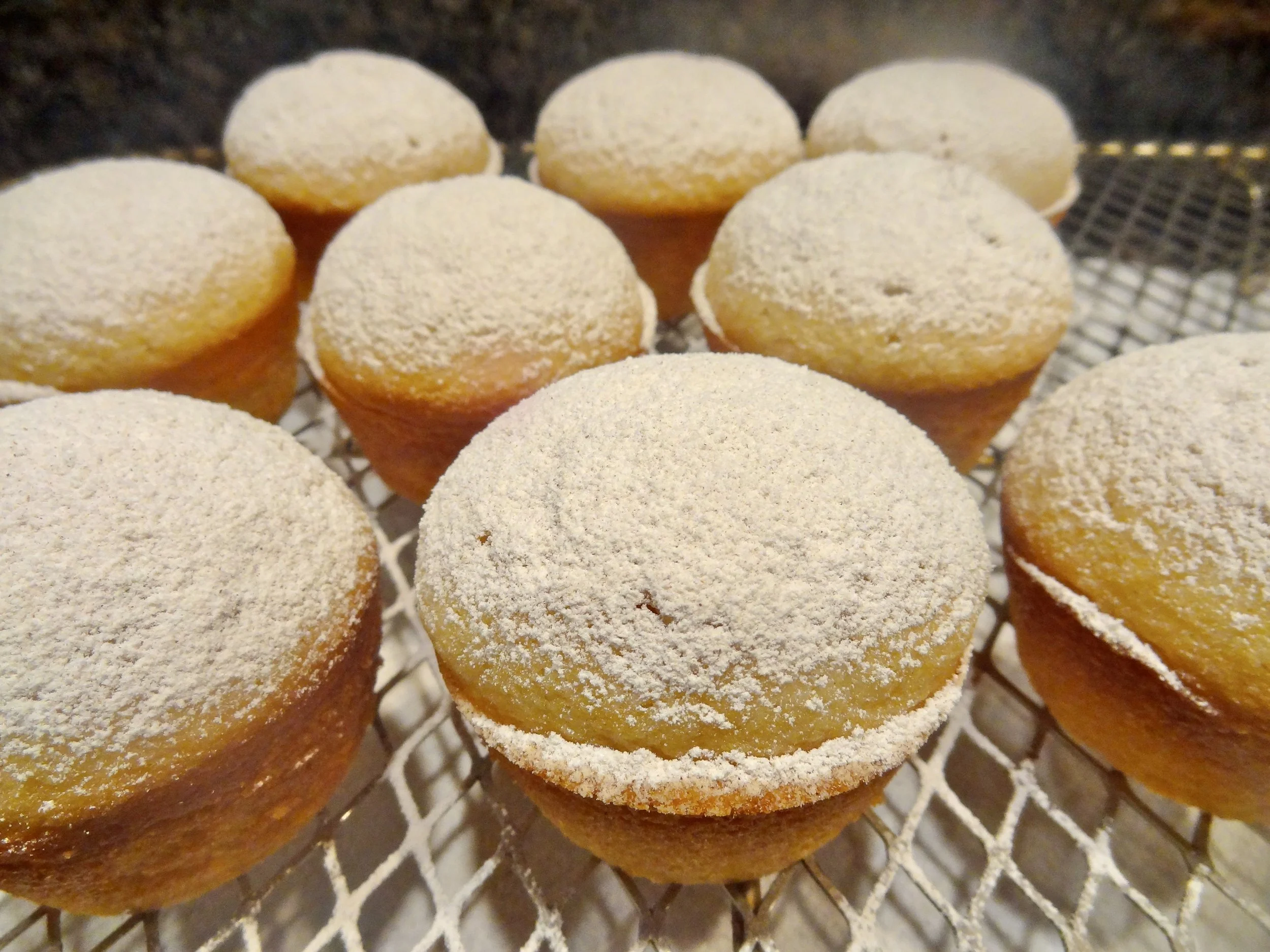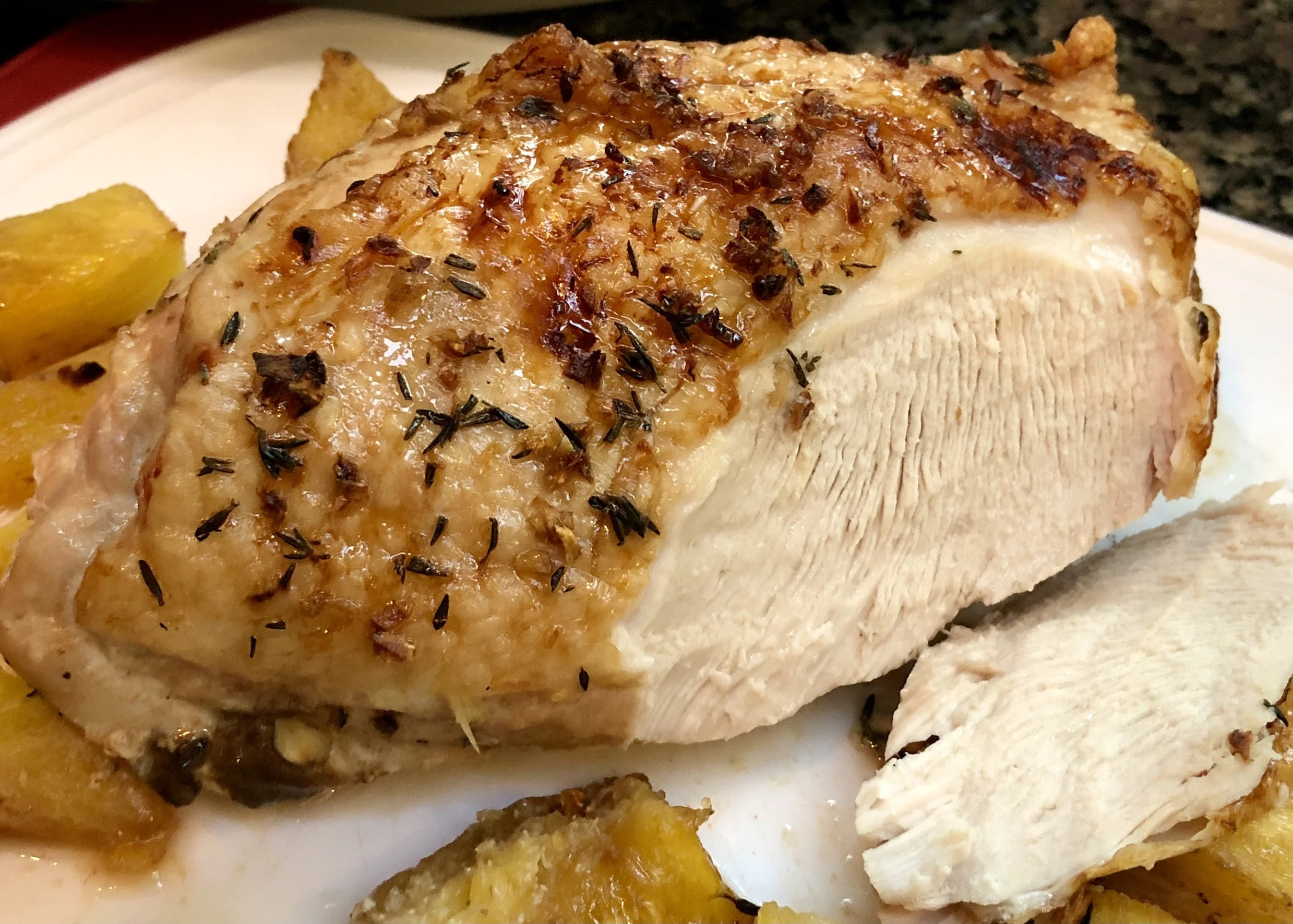Anyone who knows me knows that the humble potato is my favorite food, so of course I am going to make potato latkes for Hanukkah!
But, ya know …. it’s a long, delicious holiday, so there’s time for zucchini latkes too. The recipe here includes cheese, because on Hanukkah I like to prepare food with cheese in honor of Judith, heroine of Hanukkah! You can read about it here.
Of course you can make these latkes without the cheese. They’re delicious either way.
Zucchini Latkes with Cheese
2 medium zucchini (10-12 ounces each)
1/2 teaspoon salt
1/2 cup chopped red onion
1/2 cup crumbled feta cheese
2 large eggs
1/2 cup plain bread crumbs, approximately (Matzo meal also fine)
vegetable oil for frying
Shred the zucchini in a food processor (or grate by hand). Place the shreds in a bowl, sprinkle with salt, toss the shreds and let rest for 10-12 minutes. Squeeze the shreds to extract as much liquid as possible. Return the shreds to the bowl. Add the onion, cheese and eggs and mix the ingredients. Add the bread crumbs and mix thoroughly. If the mixture seems too loose or soft, add another tablespoon or two (different bread crumbs absorb liquid/moisture differently). Heat about 1/8-inch vegetable oil in a large sauté pan over medium-high heat. Spoon portions of the mixture into the pan to make latkes about 2-inches in diameter. Leave some space between each one. Cook for 2-3 minutes per side or until crispy and golden brown. Remove to paper towels to drain. Repeat with the remaining zucchini mixture. Serve with dairy sour cream or plain yogurt or mashed avocado.
Makes about 12

